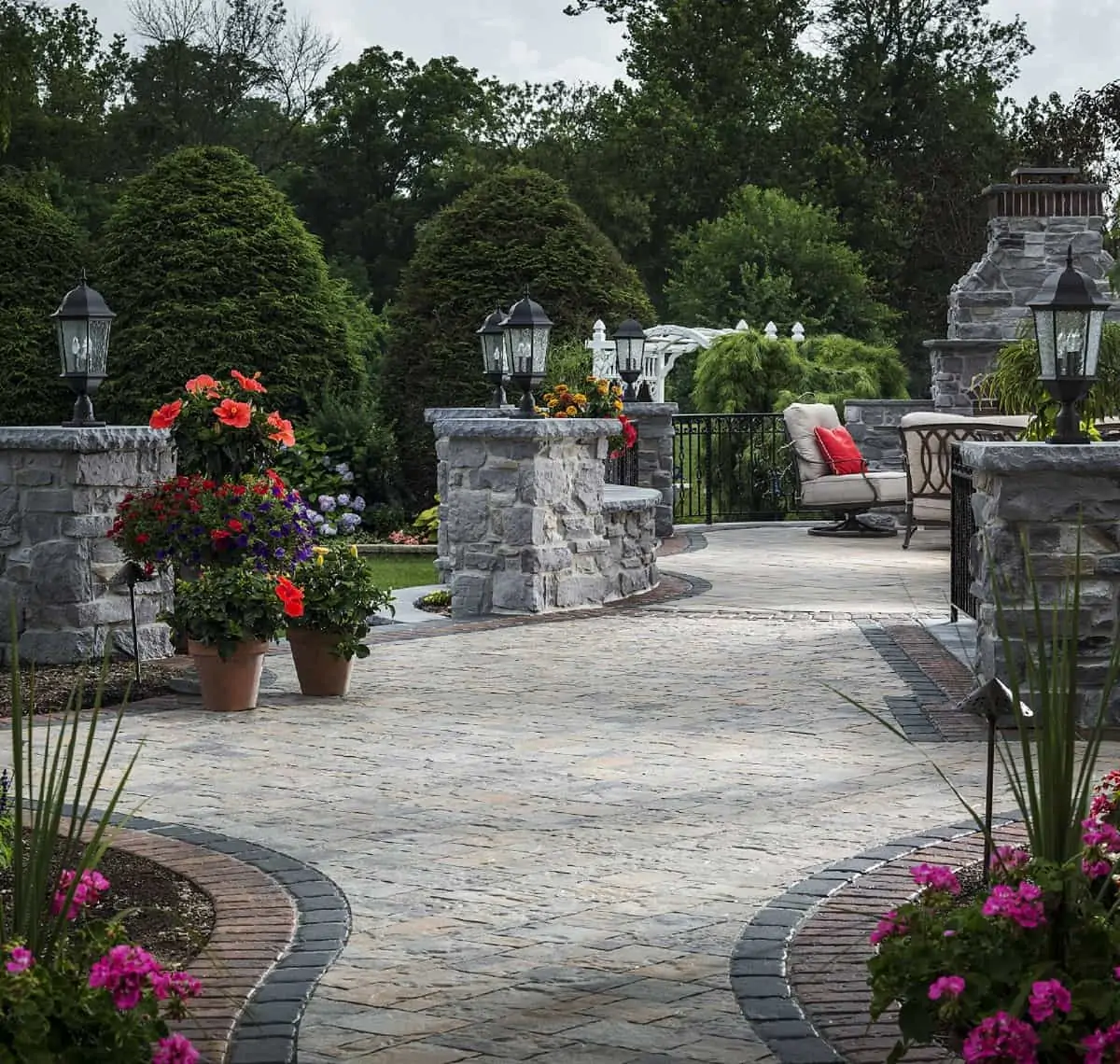
08 Apr The Benefits and Disadvantages of Masonry Material
If you’re putting up a building or walkway, you might want to consider masonry material. This material can withstand heavy lateral loads and extreme gravity. Here’s a look at some of the benefits and disadvantages of masonry.
A good way to choose the right masonry material is to start by calculating the number of concrete units to use for the structure. You can do this by calculating the total wall area and dividing it by the total area of the masonry unit. Make sure to include all approaches and subtract any openings so you can get the exact number of units to use. A non-premix mortar requires 18 shovels and 200 pounds of fine sand for every square foot of wall area.
Bricks are another great masonry material. While you don’t want to build a house with bricks that are too light or too heavy, this material won’t crack easily. Generally, you should use Type S mortar if you’re putting up a building on the exterior. This material is suitable for structures that face moderate soil pressures below grade. It’s also best for shallow retaining walls, as it will not be exposed to the elements.
Regardless of the size of the project, there are a variety of masonry materials you can use for your construction. For instance, clay masonry is a low-impact material that is also fire-safe. In fact, it has a very low environmental impact. However, if you’re considering masonry for a building, it might be best to talk with an expert. They have over 150 years of combined experience in the construction industry, and their sales staff has extensive knowledge of the masonry industry.
Type O mortars are designed for interior applications. They have limited load-bearing strength, but they can be used for pointing the integrity of structures. Type K mortar is no longer listed under ASTM C 270 but it is used for pre-historic preservation projects. This mortar has the lowest compressive strength of any mortar. It’s also commonly used in buildings that use masonry units with very low compressive strength. Its use is limited to interior areas.
Bricks and cinder blocks are two of the most common masonry materials. Though red brick was the most popular in the past, bricks are available in hundreds of shades, designs, and hues. Bricks can be made to look like expensive materials and still look affordable. Bricks are laid in different configurations, and the mortar is placed between them to give them durability and resistance to damage. This type of material also allows for endless customization.
Concrete blocks are another popular masonry material. Concrete blocks have hollow cores and offer various options for masonry construction. Concrete blocks are great for buildings that experience light transverse loading, but do not have the same strength as bricks or stone. These blocks can be filled with steel reinforcement to give them even greater tensile and lateral strength. Bricks and stones have excellent thermal mass, and rebar can be used to increase this feature.
